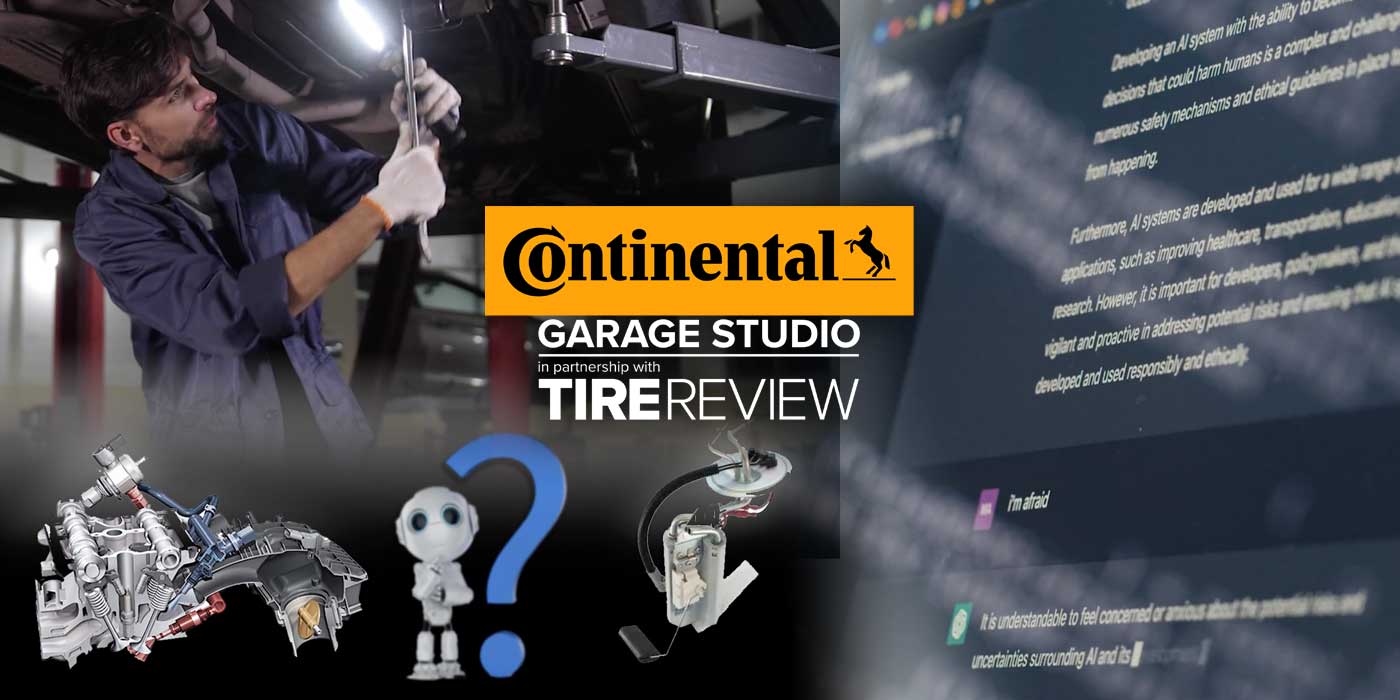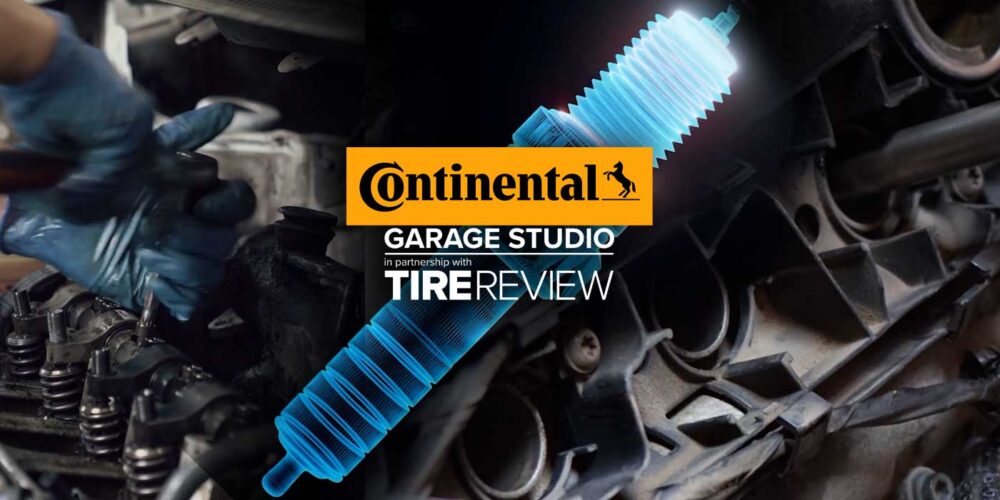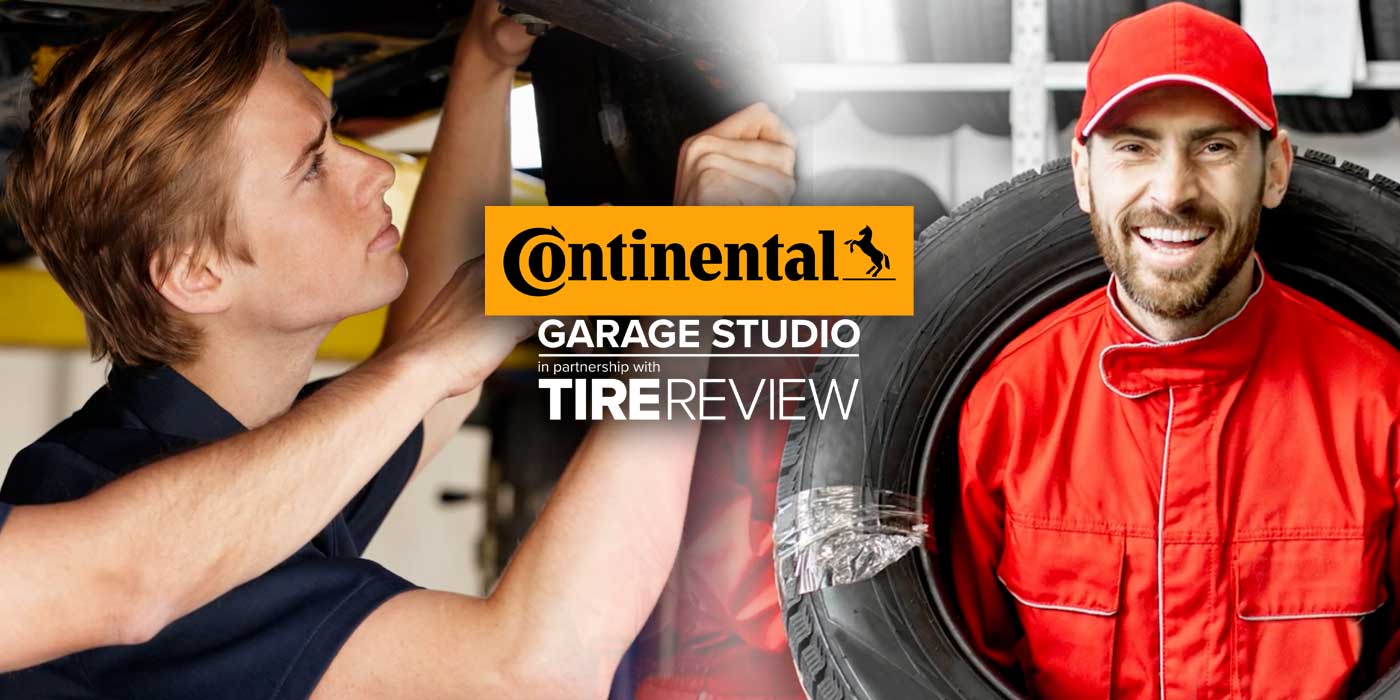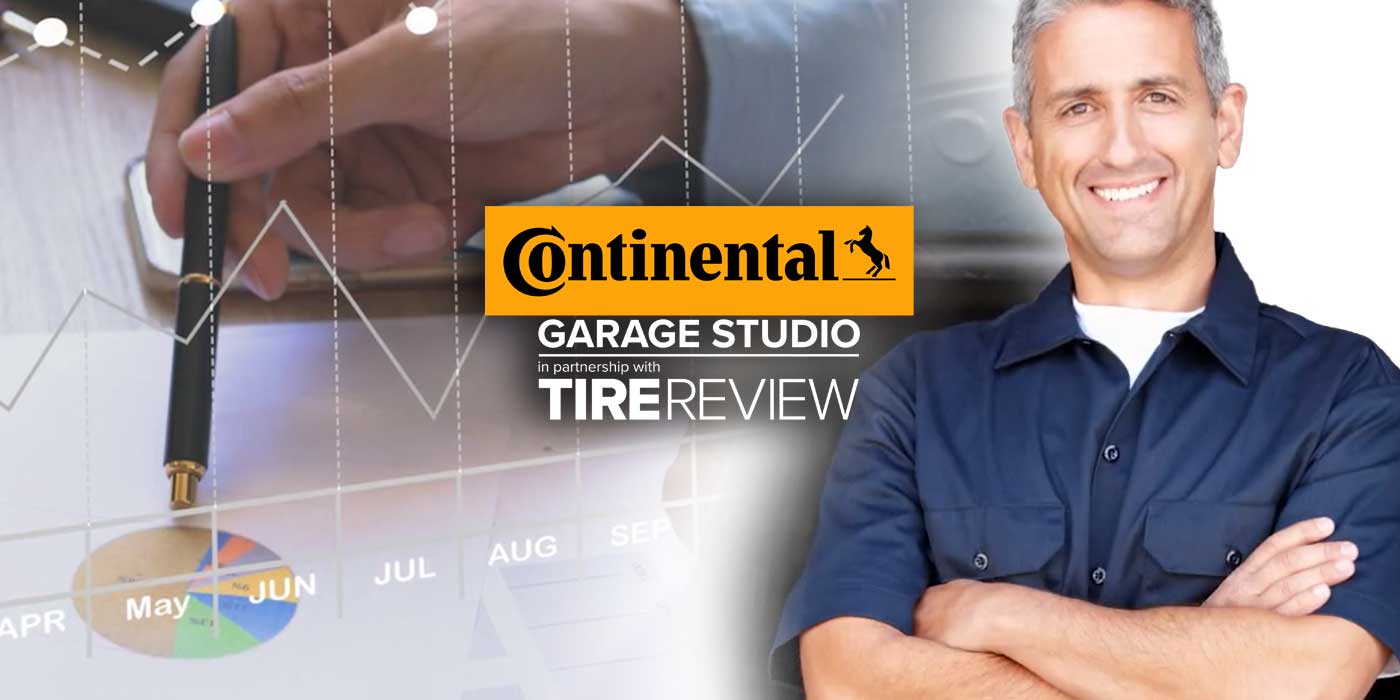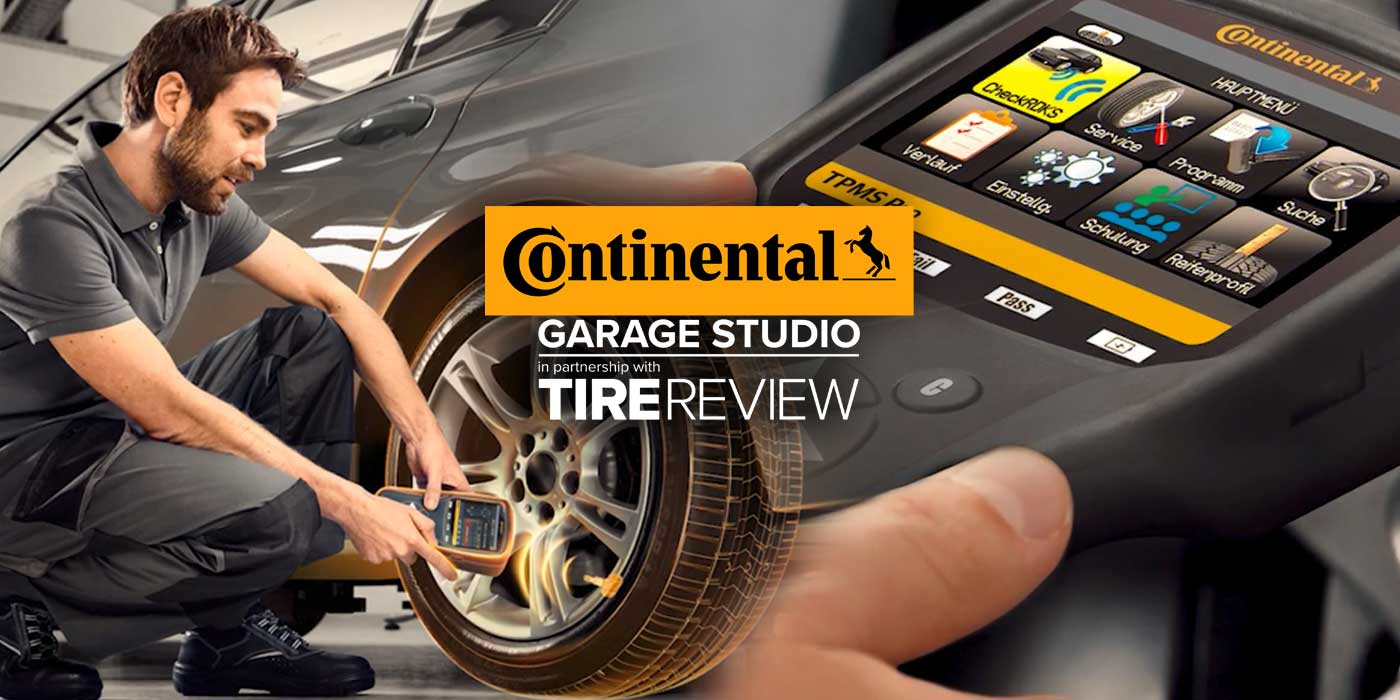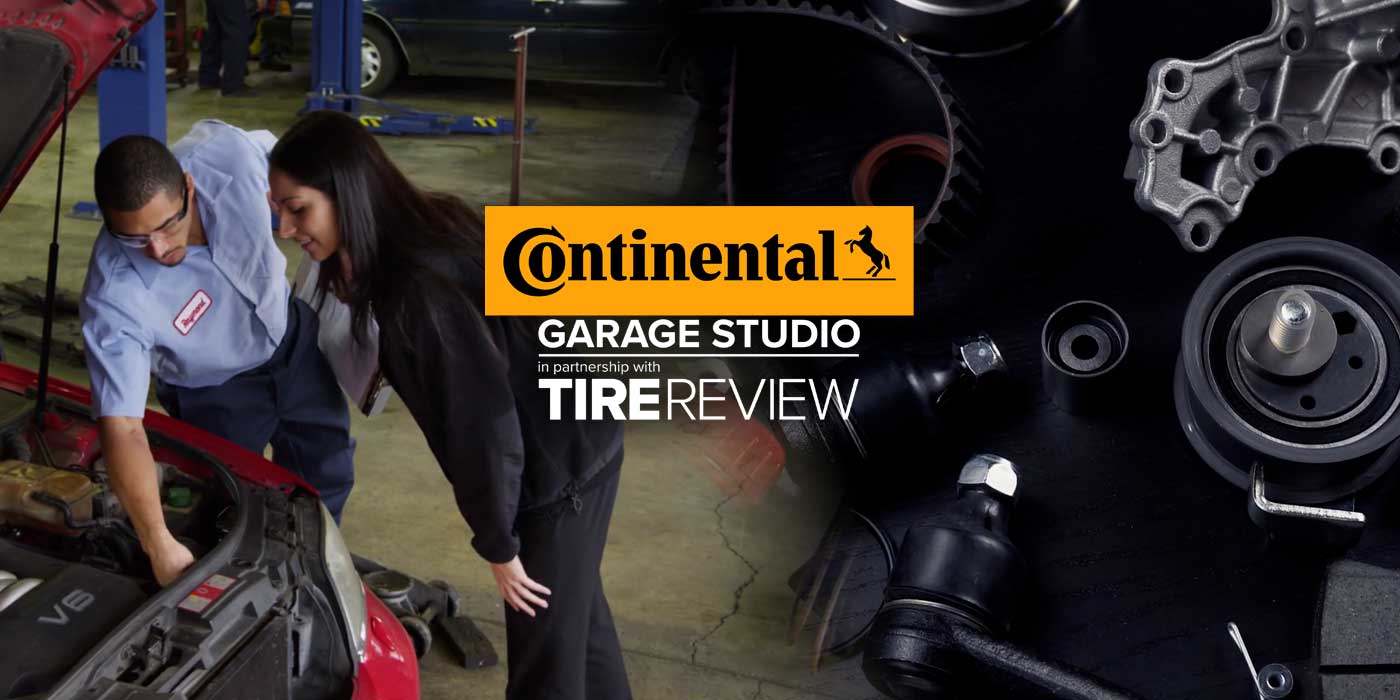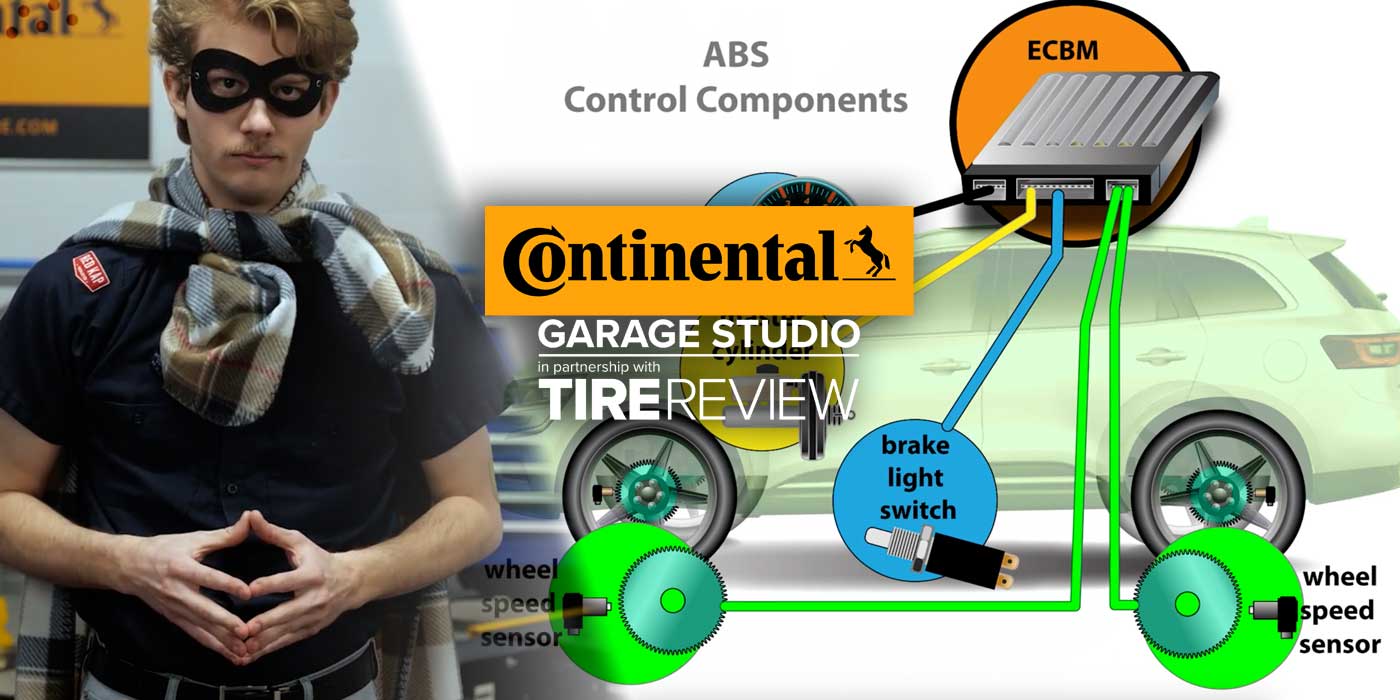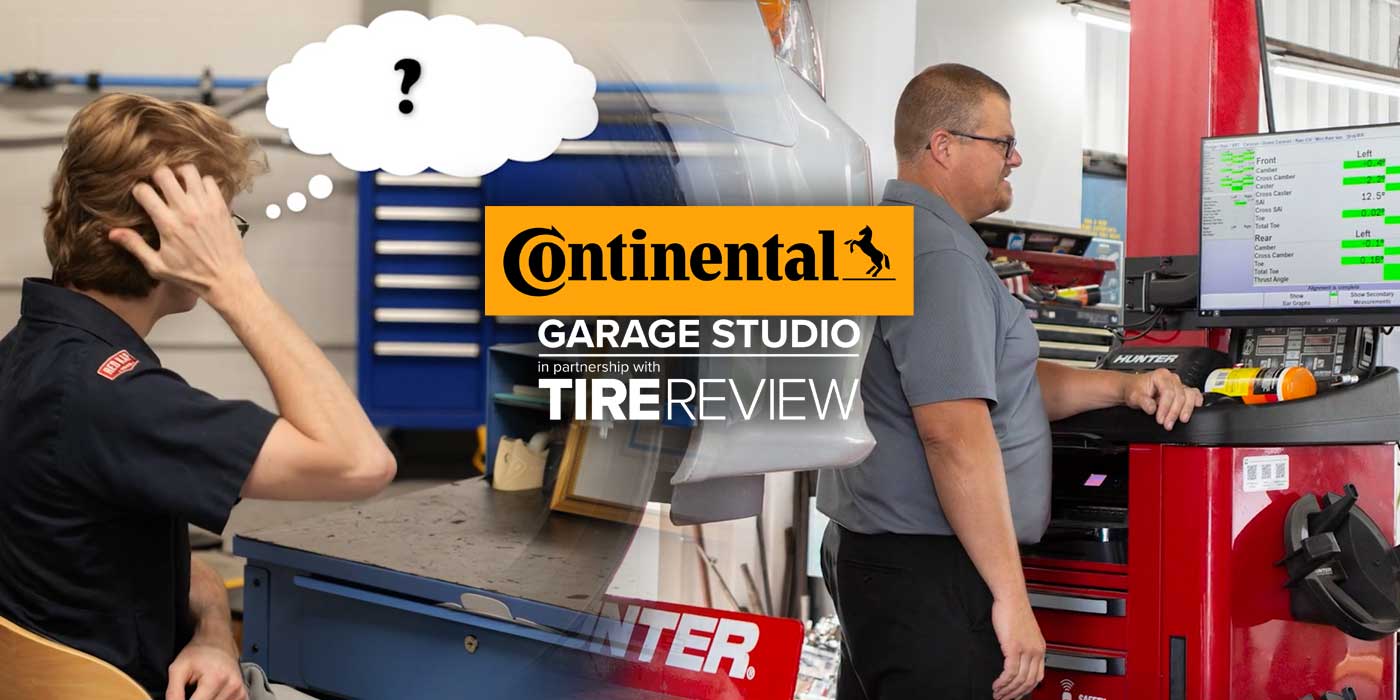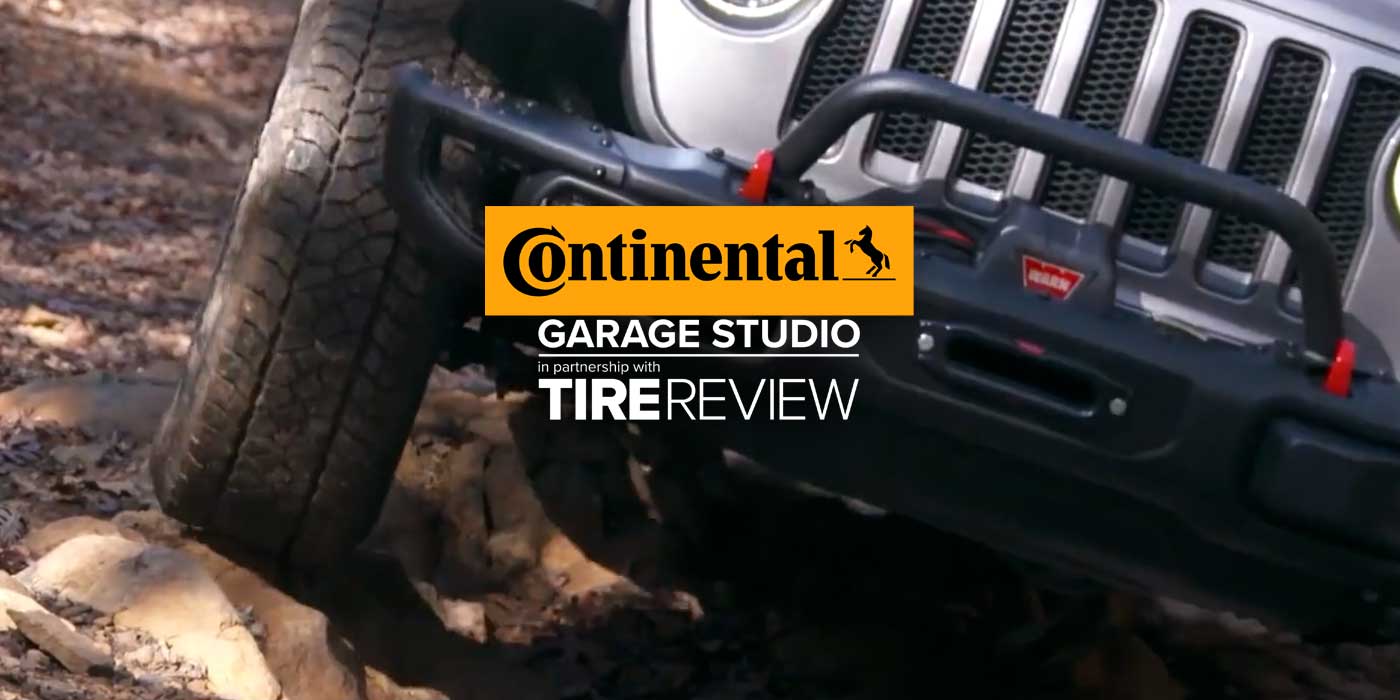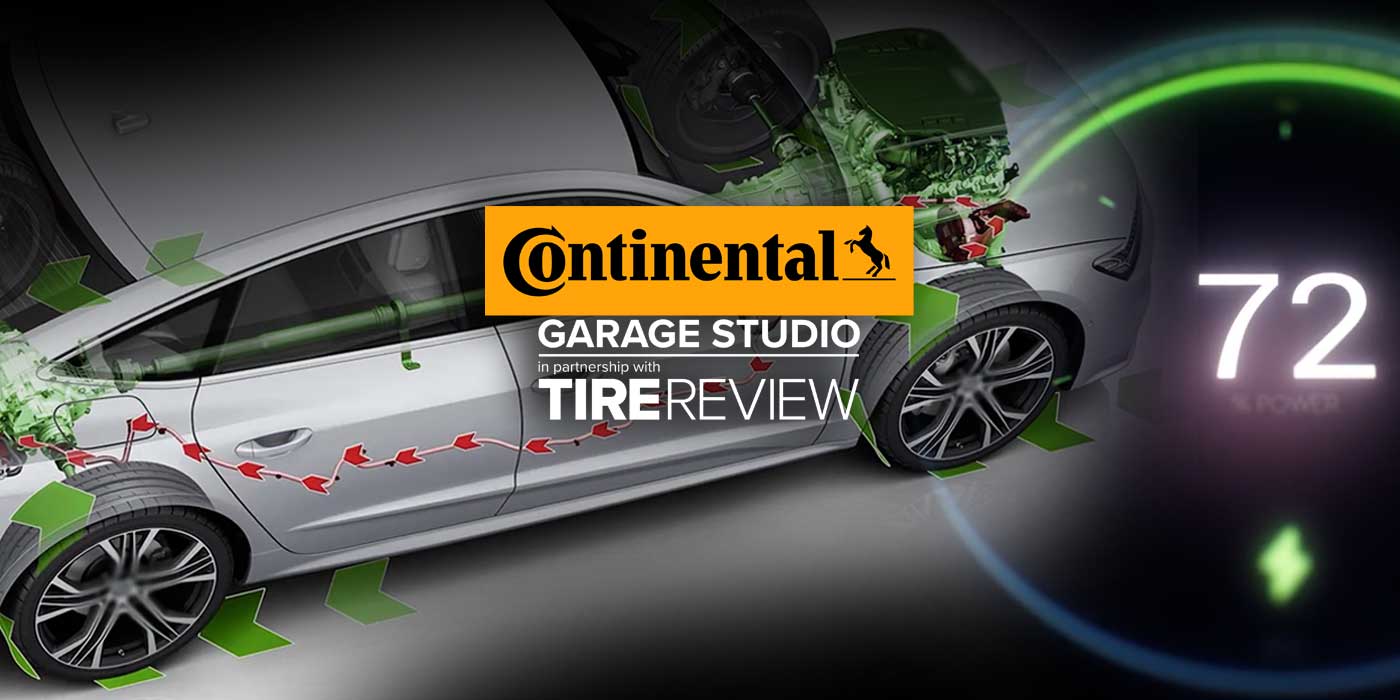When performing an alignment, the technician should be inspecting the tie rods. Why? In this video, Tire Review’s Maddie Winer explains what should be checked when inspecting tie rods from the Tire Review Continental Tire Garage Studio at Babcox Media.
When an adjustment for toe is made, it is critical to make sure that the tie rods are close to the same length. If one tie rod is longer than the other, it can indicate suspension damage, such as a bent steering arm or knuckle. Or, it could mean that when the total toe was adjusted, the alignment technician adjusted only one side to bring the vehicle into specification. This could cause a bump steer.
If the inner or outer tie rod on either the front or rear is bent, don’t adjust for it or try to bend the component back into shape. When a component is damaged, its strength and structure have been compromised. Any further bending or heating will only damage it further.
Excessive tie rod play is difficult for a driver to ignore. It may start with wear on the inner edge of the front tires. Then, there could be a slight knocking during braking or acceleration.
The No. 1 killer of steering tie rods is damage to the boots. Once a boot is damaged, the joint gets contaminated by dirt and debris that can wear the ball and socket. If you see a tie rod end with a damaged boot, recommend replacement of the tie rod.
If you find play at the inner tie rod, confirm that it’s the joint that is worn and not the rack bushings. If you can, squeeze the boot to feel if the joint is the problem and to ensure that the rack isn’t loose and moving in the housing. This will also give you an indication if the rack boot needs to be replaced. It’s always a good practice to replace the boot, but you may find it’s easier to obtain a tie rod end.




